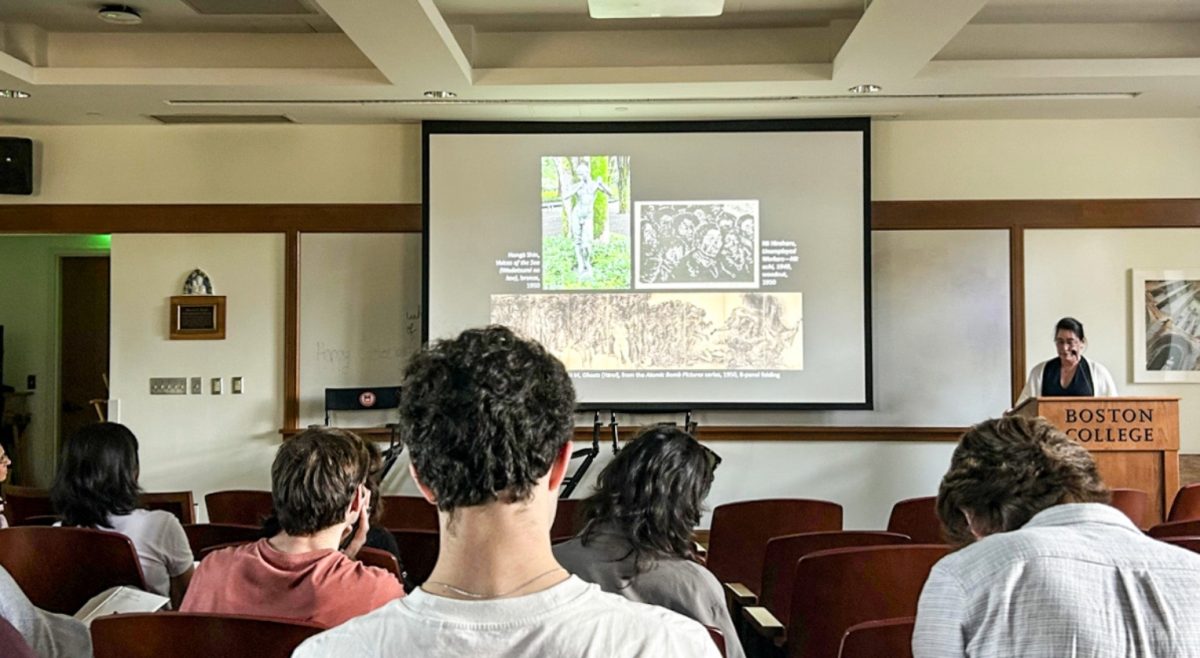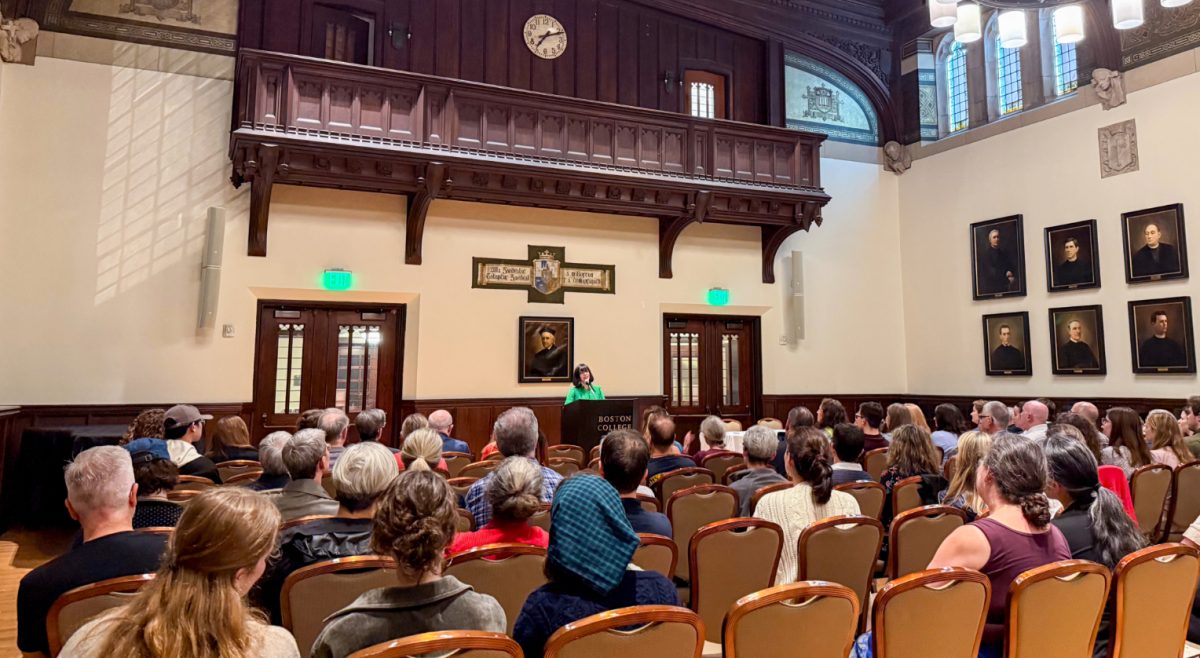The Lowell Humanities Series welcomed Tiya Miles of Harvard University, an award-winning author and research professional, on Monday for a lecture titled “Eco-Consciousness in the Lives of Enslaved Black Women.”
From 1619 to the abolition of slavery in 1865, there was a commanding relationship between nature and enslaved Black Women during their turbulent and traumatizing lives. Nature became an ally to Black women in their fight against slavery, Miles said.
“The human consciousness of the natural world and accumulative knowledge about how to live in connection to it, help enslaved girls in the fight against the physical, spiritual, and emotional debt slavery promotes,” Miles said.
Describing the link between nature and slavery as a “luminous pragmatism,” Miles finds inspiration through a multitude of previously enslaved poets and authors from across the United States, showing how nature shaped enslaved Black women’s experience.
Beginning with the powerful 1857 poem “Slave Mother: A Tale of Ohio” by Francis Harper, the bond between enslaved Black women and nature is illustrated through Margaret Gardiner’s story, Miles said. Harper writes with close attention to nature, particularly the stars and the wind, demonstrating Miles’ point that “nature shaped their experience and how their experiences come to them.”
Following that came the writings of Harriet Jacobs, who escaped slavery and transformed her experience into a powerful critique of Southern bondage. Jacobs often turned to nature for expression, using imagery of water, wind, and sunlight to convey sentiments such as pain and resilience, Miles said.
She contrasted the lives of enslaved Black women and free white women—one shrouded in darkness, the other bathed in light. Through Jacobs, readers see how Black women turned to nature for survival and, later, for healing, Miles said.
“The swamp is a slave territory that defies all laws,” Jacobs wrote.
Miles then continued with the story of one of the most well-known figures of the abolition movement, Harriet Tubman. Many memorials honor her legacy by connecting it to nature, but Miles specifically highlighted the great pine tree that is planted by Tubman’s grave, rising high above the rest.
The tree symbolizes Tubman’s lifelong bond with the forest—a place she often turned to for contemplation and to deepen the knowledge she needed to help others. According to Miles, Tubman found that being outdoors made her life more bearable.
Miles concluded with the story of Mamie Garvin Fields and her memoir, Lemon Swamp and Other Places in Carolina, a personal account of her family’s enduring connection to slavery. According to Miles, the memory of Lemon Swamp held both tenderness and grief for Fields—sweet recollections of family and nature intertwined with the pain of losing her grandmother there, taken away to serve another household.
“My grandmother was lost at the Lemon Swamp, never to be found again,” Fields wrote.
Through stories like these, Miles showed how nature was not just a setting, but a vessel for remembrance—a place where Black women could locate both their pain and their power, and where hope continued to take root.













